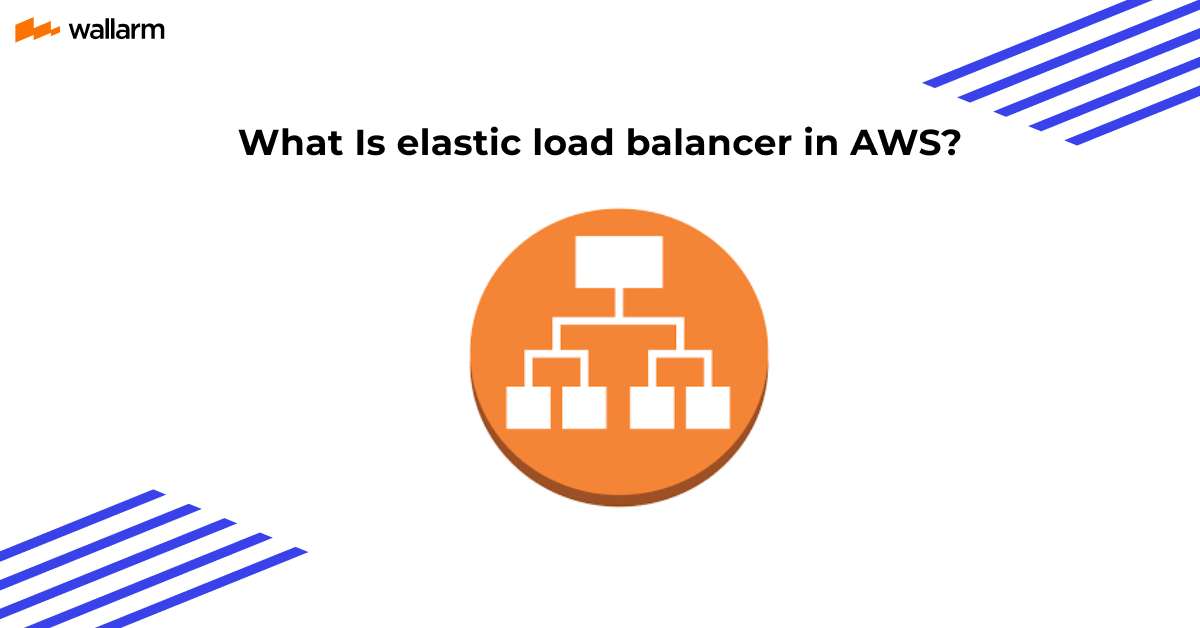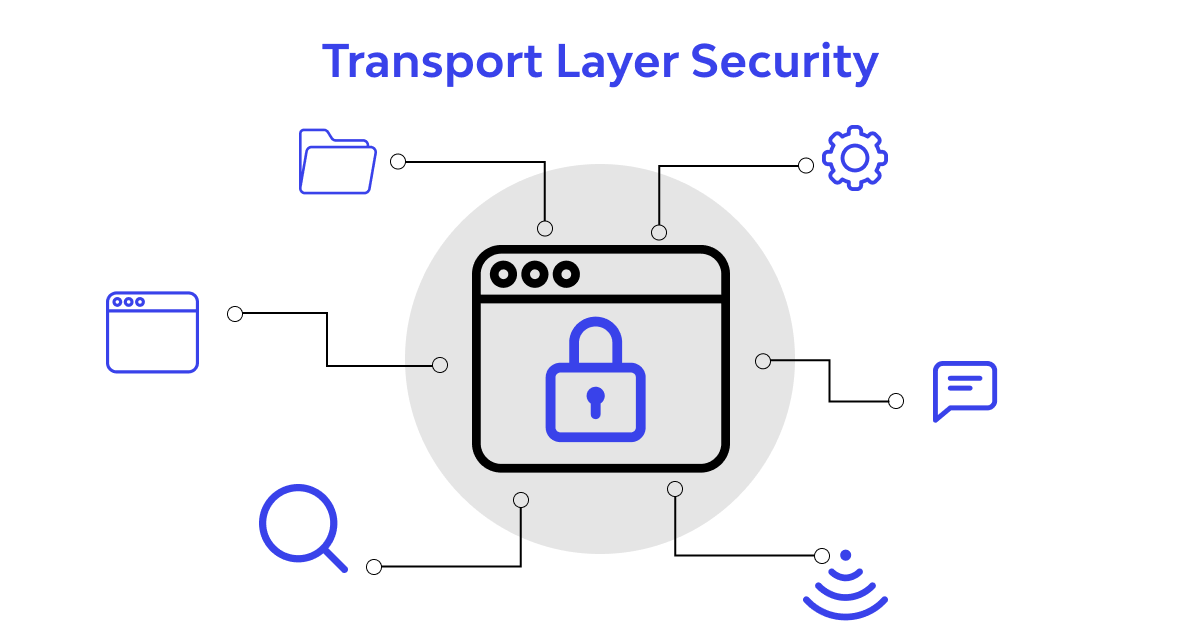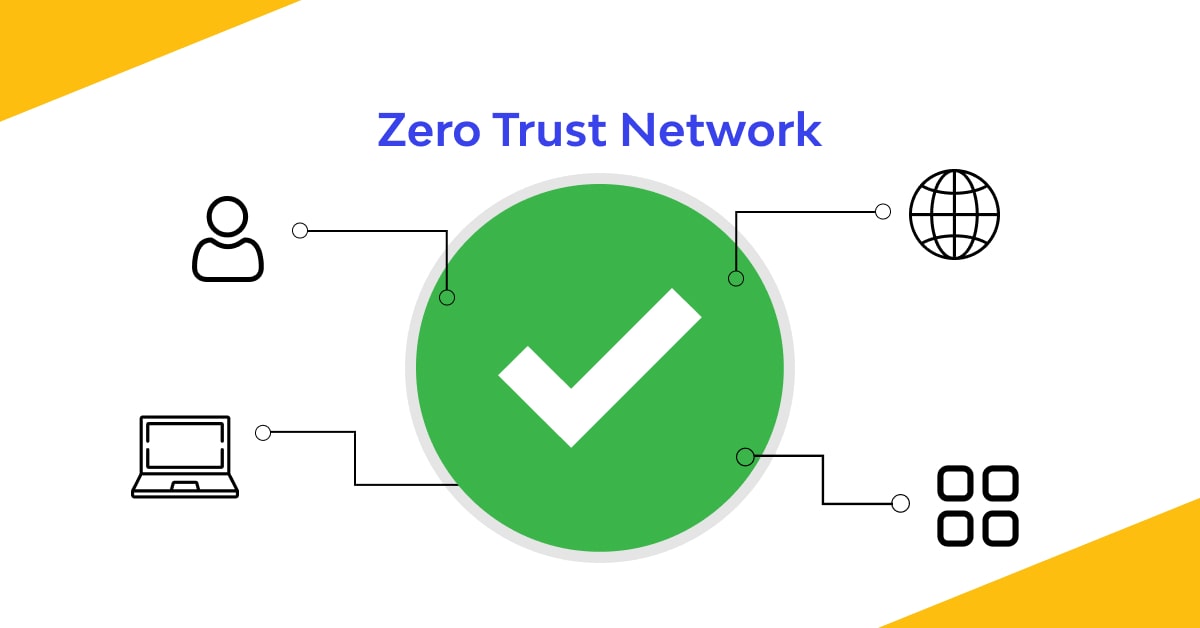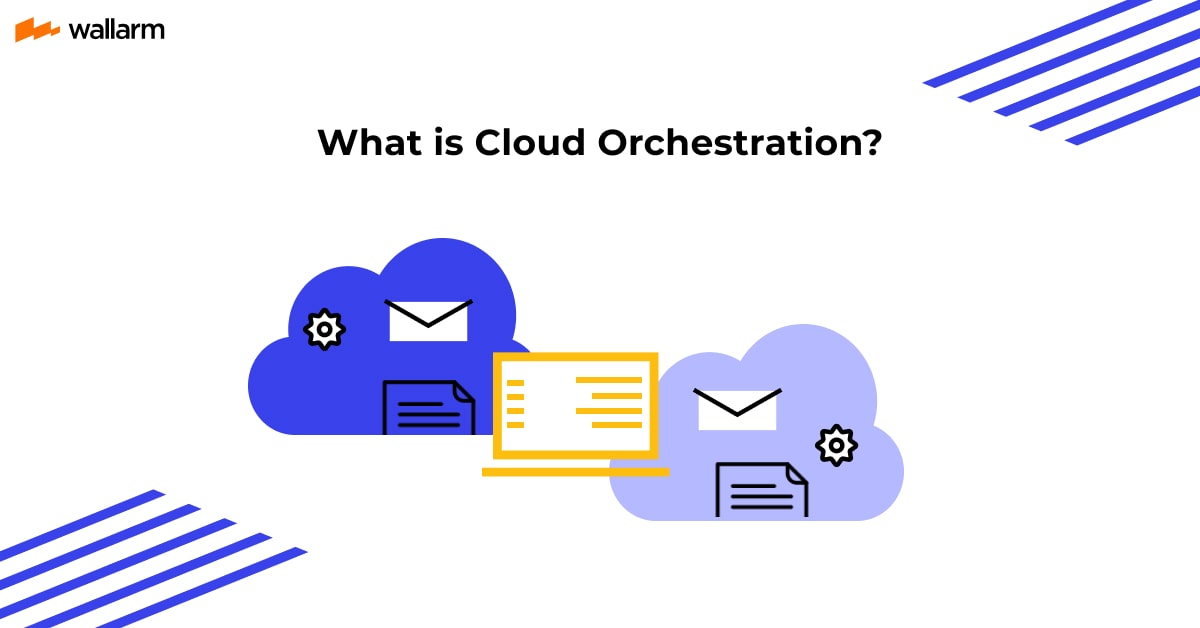WAF - Web Application Firewall
The most wearisome and fundamental trouble in app-development is to ensure its high security. The enhanced security practices an application adopts, the better is its performance.
While we consider application’s safety, WAF full form Web Application Firewall deserves a mention. A profoundly acclaimed security tool, WAF plays a vital role in filtering, blocking, and jamming malicious elements.
Moving ahead in this article, we will try to educate you on everything related to WAF.

WAF meaning
WAF stands for Web Application Firewall. This firewall solution commonly monitors data packets and filters them for the presence of malware or viruses. It performs the data monitoring/filtering for to and from data packets.
The WAF tool can be delivered in a cloud, host, and network-based structure. It requires a reverse proxy to ensure good efficiency while standing forward-facing before one or more web applications.
It can be either used in combination with other applications or as a sole warrior. Based on the requirement, WAF can operate on a lower level or a higher level. Standards used for WAF regulations are PCI DSS and HIPAA (1996).

How WAF works?
As we had told above, the application layer is where WAF is deployed and behaves like a two-way guard. While at the job, WAF monitors HTTP or HTTPS traffic entering or exiting to a particular web app. Whenever a malevolent element is observed in the traffic, WAF becomes active and eliminates it.
To make the process a bit more simplified, WAF predefined what is vindictive and what’s not. WAF follows these rules all through the process. Mainly, WAF analyses the GET and POST part of the HTTP traffic. GET retrieves data from the server while POST is used to guide the data to the server to alter its original condition.

The importance of the WAF
As per the security veterans, using the WAF network is crucial for organizations endowing online products or services. These services include social media marketing, mobile application development, and digital banking.
Implementation of WAF firewall in such service delivery helps at multiple fronts. For instance:
- WAF activation makes protecting sensitive data an easier job.
- Malicious traffic to data like customer payment details, card data, personal information, and many more can be prevented with it. Data leaks will be least possible.
- Such organizations need to store huge sensitive information overcloud or in a backend database. To access these databases, a web app is used. Also, for the seamless operation of mobile and IoT device transactions, the application layer should be fail-proof.
- Hackers keep an eye on these databases and devices and leave no opportunity to target them. Placing a WAF security barrier in front of the web application is a smart move as hackers won’t be able to access the database.
- Organizations maintaining databases online or using online services need to fulfill certain compliance requirements. For instance, firms supporting payment via credit or debit card need to meet PCI DSS compliance.
Such compliances have made the use of a WAF firewall. So, if you’re using one, you’re adhering to the industry standards and letting your customer believe that you think about their data security and are professional players.
When combined with security measures like IPS, IDS, or customary firewalls, WAF security practice enhances the security model, making it stronger, and reduces the incidents of security/data breaches.
WAF Capabilities
WAF has the capability to detect and mitigate common web application attacks. These include SQL injection, cross-site scripting, CSRF, XSS, etc. A WAF can even detect when a website is compromised or under attack.
- Attack signature database
A WAF logs the attacks it has seen and ensures that those same attack signatures are not used again. It’s a database of known attacks that can be used in the future to understand and manage new risks. This is a critical feature for WAF solutions because it helps keep your website secure against future threats without investing in expensive upgrades.
- AI/ML analysis of traffic patterns
One of the most important features of WAF is automated analysis. When a website is attacked, it can be hard to understand what’s going on. But with AI/ML technology, WAF can automatically analyze and detect patterns in traffic that might indicate an attack.
This feature allows for better detection of attacks as well as faster recovery from them. In this way, WAF also helps protect your website against future attacks by providing context about how they took place.
- Application profiling
Application profiling is one of the features offered by WAFs. Profiling applications, it’ll be more efficient in the future and will make more secure decisions when it comes to monitoring their website. App profiles can include everything from the different types of logins that are used to websites, which languages are commonly used on the site, and what kind of content is usually found on a website. With these profiles, you’ll be more confident in your security practices towards your visitors because you’ll have an idea of what kinds of things they might find on your site.
- Customization engine
WAFs typically offer a customization engine that allows you to change rules to suit your site’s specific needs. This means you can change the way your WAF recognizes requests, responses, and other actions. You would typically use this feature for handling different kinds of traffic, such as identifying the difference between bots or malicious software and human users.
- Correlation engine
This is the tool that can analyze website contents and other websites to decide how safe it is. The correlation engine uses several factors to determine this, such as:
- IP address.
- User inputs.
- Website content.
- Other websites you might host on your server.
The correlation engine processes the request and decides whether or not it should be accepted. If it is accepted, then it will send a response back to the user.
If not accepted, then it will block the request from being sent to the next step of the process.
- DDoS protection
One of the main features of WAF is DDoS protection. The threat to websites is that they are prone to be attacked by hackers. These attacks can be carried out by different means, such as through a DDOS (distributed denial-of-service) attack or an SQL injection attack.
A DDOS attack involves flooding an internet server with data requests in order to stop it from working properly. An SQL injection attack, on the other hand, takes advantage of vulnerabilities in software code to flood the server with requests and cause it to crash.
WAF is designed specifically to prevent these types of attacks. It checks for input errors and invalid data before proceeding with each request on your site and then blocks them if there’s a high probability that they will lead to a system crash or another type of cyberattack.
Types of Web Application Firewalls
From the deployment process’s perspective, WAFs are of 3 types:
- Host-based WAFs
Such WAFs are basically hardware tools used widely to control the latency. They are deployed at the client’s location with the help of specific devices. They stay in close proximity with targeted applications.
WAF vendors offering this type of firewall replicate filtering rules and settings on all the linked appliances. Because of this, network-based WAFs are best suited for extensive deployment.
But, it’s not always a great deal to make as its operational cost is high. If you consider this, get ready to make huge upfront investments. Also, it’s too demanding on the operational front.
- Network-based WAF
This type of WAF is assimilated completely into the application code and is less demanding. The implementation cost of host-based WAFs is comparatively lower than network-based WAFs.
Despite that, such WAFs come with assorted customization options. However, their management is a huge challenge as they necessitate extensive application libraries and local server resources support. One has to deploy a huge number of developers, DevOps experts, and system analysts.
- Cloud-based WAF
The most pocket-friendly WAF option to date, cloud-based WAFs are the wisest choice to make if one needs an immediate turnkey solution without spending much on implementation and management.
As all the technical support and resources to make WAFs work are already deployed on the cloud and can be accessed over a simple login, they are the most straightforward option. The subscription choices are also multiple.
The challenge with this WAF type is to filter the application traffic that a third-party provider generates or sends. In this scenario, cloud-based WAFs demand an application to be hosted on wide hosting locations.
Advantages of the Web Application Firewall
WAF helps organizations make their applications strong from the core and ensure that they bypass the customary threats. This one resource can keep your web application protected from below-mentioned attacks:
- Cross-site scripting or XSS involves introducing spiteful scripts in someone else’s browser.
- SQL injection wherein cybercriminals can affect the SQL database by altering its configuration. By doing so, attackers will steal the crucial data.
- Web session hijacking attack refers to hacking an ID session by attackers and portraying it as a reliable resource. Attackers steal the ID details mostly from the URL or cookies.
- DDoS attacks mean flooding a network with unwanted traffic and so that the desired user is not able to access it.
- Other than dealing with all these attacks, WAF bears another advantage and it is protecting the web-based application without working with the original application code. It saves a huge deal of time and effort.
Limitations of WAF
WAFs are tricky. They can create technical challenges for any software shop. With the constantly growing number of web applications and services, it is more important than ever to take care of your WAF strategy. If you’re not careful, WAF limitations can make your software discoverability a frustrating uphill battle instead of an enjoyable experience for both users and developers. Your users will encounter difficulties and frustrations trying to access your site or app, forcing them to try other options or move on with their search for a solution. Similarly, developers may find themselves spending too much time deciphering and re-writing the same logic again and again in order to meet WAF limitations.
To avoid such limits, you need to be aware of different types of WAFs that could inhibit your software’s usability and accessibility. In this blog post, we’ll show you three major WAF limitations that should be avoided at all costs so they don’t prevent you from fulfilling your software management objectives.
WAFs can be a blessing or a curse depending on how they’re implemented. They help protect your software from malicious attacks and ensure a smooth user experience, but they also can cause some serious headaches that you might not want to deal with. There are two types of WAFs: native and non-native.
Native WAFs are also known as hardware-level firewalls or application proxies, which use actual hardware components to protect your software without requiring any changes in the code. These have their advantages, such as providing better performance and security for your software, but they can be limited by the type of hardware you have available to you.
Non-native WAFs require changes in the source code of your software or app. These include runtime proxies, such as applying filters or web filters that intercept traffic before it reaches your server; reverse proxies, which route traffic to a specific endpoint; and application layer firewalls that manipulate network traffic at the application level.
WAFs typically have a static nature. This can lead to problems when you need the application or service in question to make changes on the fly. The website may suddenly require a login and the WAF may not recognize this change, making it difficult for your users to log in. It’s important that your WAF is prepared to handle dynamic content because this will allow it to work with any changes rendered by your website.
Models of WAF operation
For efficacious data packet content filtering, WAF adopts two lines of attacks. Here is a detailed overview of these two:
- Whitelisting
The most commonly used approach, whitelisting involves denying all the requests and allowing only the trusted ones by WAF. It features a list of reliable IP addresses and allows requests based on that list only. This approach doesn’t demand many resources and can be at your service instantly. This makes it more famous than blacklisting.
But, it comes with a few downsides as well. For instance, knowingly or unknowingly, it blocks non-threatening traffic as well. As its filtration net is wide, a lot of traffic is filtered and reduces its accuracy.
- Blacklisting
The next approach is blacklisting that involves allowing all the data packets to pass through and applying a predefined signature to keep menacing web traffic at bay. While whitelisting uses IP addresses to define evil traffic, blacklisting uses rules for this job. If you’re trying to protect a public website or application then blacklisting is the best practice to implement as there would be a huge amount of unknown traffic received on such platforms and it’s hard to decide whether or not it’s benign.
While you plan to deploy this approach, keep in mind that blacklisting is highly demanding and requires more information to sieve the data packets.
No matter which approach you use, WAF deals with HTTP/HTTPS traffic and takes every possible action to make it more secure.
Besides the above, sometimes, application security demands the best of both worlds. That’s the scenario where Hybrid approach comes to the rescue. It blends whitelisting and blacklisting methodologies to an inappropriate proposition.
Firewall vs. Web Application Firewall
On the surface, the firewall and WAF seem the same. And, they are similar to each other on multiple fronts. But, they are not identical. Some fundamental differences exist. While you’re planning to bring anyone into action, understanding the differences is imperative.
A firewall is a wide terminology used for assorted firewalls deployed for protecting computer networks. While at service, it filters the data packets. Firewalls are distinguished from each other based on the protection they offer and their delivery model. For instance, few firewalls use packet filtering while others use proxies, NGFW, or stateful inspection.

You can compare WAF with proxy firewalls. Still, there is a difference. A firewall doesn’t shield the system from attacks happening on a basic level. WAF lays its attention on Layer 7 logic.
WAF or Web Application Firewall is utilized principally for safeguarding web applications against threats in the cyberworld. Its work begins from the application layer. So, no matter what the approach is, the implementation of WAF is always done at the application layer.
Wallarm WAF Security
Wallarm Cloud WAF is a tech-infused and leading tool capable of protecting key APIs like gRPC, SOAP, REST, and WebSocket. With this single WAF security tool, one can safeguard workloads, applications, and APIs. All you need to do is change the DNS.
The best part is its 100% customization. The WAF tool comes with flexible costing so that one pays only for the needed assistance. It can handle caching, optimization, and other aspects are well taken care of. As this tool operates automatically, a lot of manual work will be eliminated.
Watch the video:
FAQ
References
Subscribe for the latest news

















